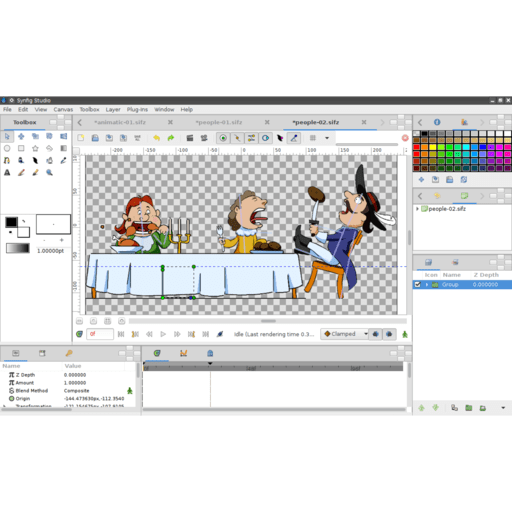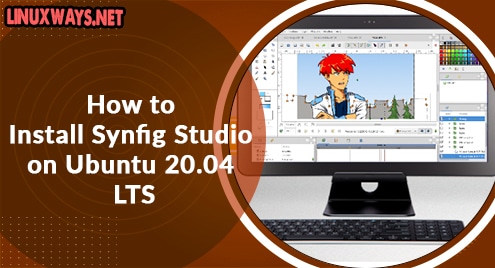

It can be tough, isolating, competitive and repetitive, but that’s exactly why you need to have a passion and a love for what you do.Īnimation is also immensely rewarding and inspiring. There are some great free/cheap animation tools out there which can get you started on your way – give Synfig Studio or Adobe Animate CC a go for 2D, and Blender for 3D.

We’re big Wacom fanboys and girls in this studio, their Intuos range is a great place to start. If you’re serious then a tablet and stylus is the only way to go. If you’re a complete degenerate I suppose you could try animating with a mouse, or worse: a trackpad, but for the more artistic aspects of the animation process like character creation, storyboarding, background design etc. The bare minimum is a mid-range computer (or something a bit beefier if you have your heart set on 3D animation) and some animation software. There are also exciting opportunities for animators in architecture, medical, advertising and education.Īs animation and the tools we use to create it become easier to use, more powerful and more widespread, the number of areas that we can work are expanding, there’s never been a more exciting time to be an animator! What do I need to get started? Video game design and development is a big sector and ever-growing and corporate animation will always be relevant and lucrative.
Www.synfihow to get started in synfig studio tv#
We get it, TV and film is the obvious draw for many of you who are curious about the profession, but it’s by no means the only path to becoming a successful animation professional.

So because we love you lot so much, this week we’ve done our utmost to answer some of the most frequently asked questions in an effort to demystify animation. There’s plenty of interest in this profession and the industries associated with it for good reason: it’s one of the coolest jobs going. Animation is like a lion on the Serengeti: alluring, fascinating but also pretty intimidating.


 0 kommentar(er)
0 kommentar(er)
